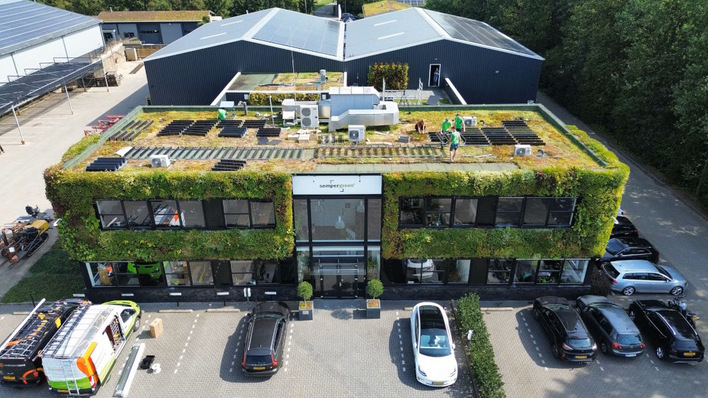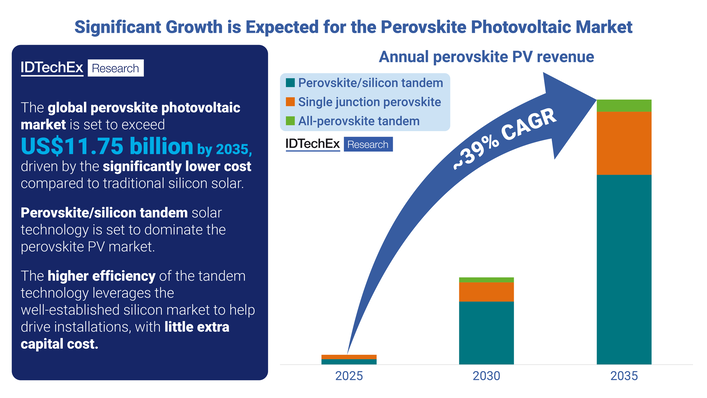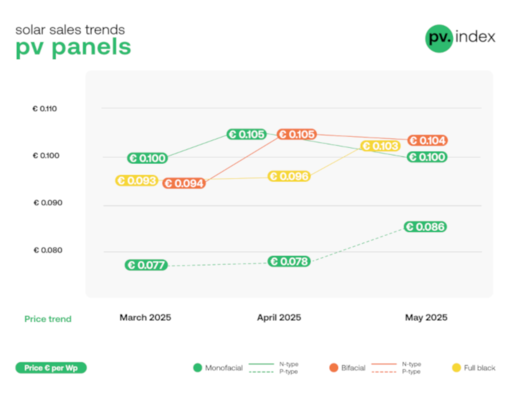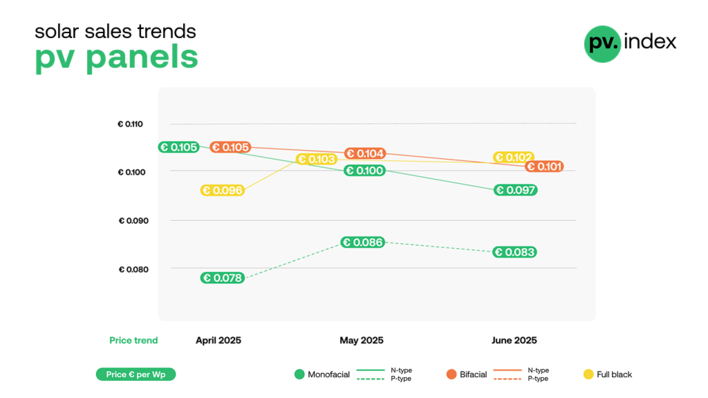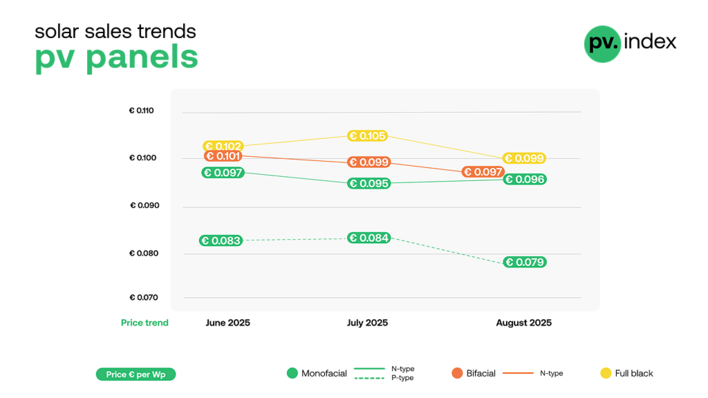A new model combining the competing dynamics of oil price, economic growth and extraction costs, suggests that investments in new renewable energy power needs to be urgently increased to cope with the global consequences of the resulting energy and economic scenario.
With the global population growing along the current trajectory, in the 2016-2025 decade about 800 million people will add to the world’s population. Correspondingly, in order to feed the “natural” growth of the gross domestic product (GDP) identified by the above model, by 2025 the total energy consumption should increase by about 1,700 million tons of oil equivalent (MTOE) per year. Even to keep the oil fraction in the energy mix at the 2015 level (around 33%), this means that more than 11 additional million barrels per day will have to be added to current production levels.
Buildings are responsible for 40% of energy consumption in the EU
Consuming energy for space and water heating and electricity for cooling, lighting and powering domestic appliances, buildings are responsible for a significant share of global energy consumption: more than 40% in European Union (EU) countries, and a similar percentage in China, where building energy consumption has increased at 7% annual rate since 2001.
Countries in Europe generally have limited or even no fossil fuel resources, with oil production from the oil and gas reserves in the North Sea having decreased at fast pace since 1999 (for instance, the United Kingdom’s offshore oil production went from 398 million barrels in 1999 to 220 million barrels in 2007).
Energy Performance of Buildings Directive
In this context, aiming at saving oil and natural gas considered strategic for industry and transport sectors, it is perhaps not surprising that starting in the early 2000s the EU drafted increasingly tight legislation to promote energy efficiency in buildings along with the use of renewable energy. Since 2002 first, and even more strictly since 2010, an Energy Performance of Buildings Directive defines minimum criteria for the energy performance of new and refurbished buildings
The 2010 EPBD, for instance, requires all new buildings to be nearly zero-energy by the end of 2020; and by 2018 for all new public buildings.New legislation resulted in a decrease in the consumption of energy by the residential sector from about 318 MTOE in 2000 to 287 in 2014] though half of the efficiency gains achieved through technological innovation in the household sector have been offset by an increasing number of electrical appliances and larger homes.
Improve the situation of the existing building stock
Furthermore, action must be taken to improve the situation of the existing building stock, since about 75% of buildings are truly energy inefficient and, depending on the country, only 0.4-1.2% of the stock is renovated each year. Alone, the conflict between increasing specific dwelling consumption and increasing energy efficiency of buildings observed in the EU countries shows that energy efficiency alone is not enough. The generation and use of renewable energy is of similar paramount importance.
Solar city concept
The solar city concept, namely the use of surfaces in the entire urban built environment to generate electricity via solar photovoltaic (PV) modules, is being actively explored in the context of the energy transition to renewable energy. Solar city possibilities, for example, were lately considered for cities as large and as important as Amsterdam, London, Munich, New York, Seoul, and Tokyo. (HCN)
About the authors: Mario Pagliaro is a chemistry and energy scholar based in Sicily. A physicist at the Institute of Biometeorology of Italy’s Research Council in Florence, Francesco Meneguzzo coordinates a research group active in numerous fields from energy to the bioeconomy. M. Pecoraino is based in Palermo.
Stay informed, get our free newsletter twice a week. Register here.
More useful information:
http://www.pveurope.eu/News/Solar-Generator/Big-step-for-BIPV-and-smart-solar-homes-in-Europe
http://www.pveurope.eu/News/Solar-Generator/Building-Integrated-PV-needs-better-regulation
https://www.pveurope.eu/solar-modules/schueco-bipv-building-integrated-photovoltaics-future-oriented



